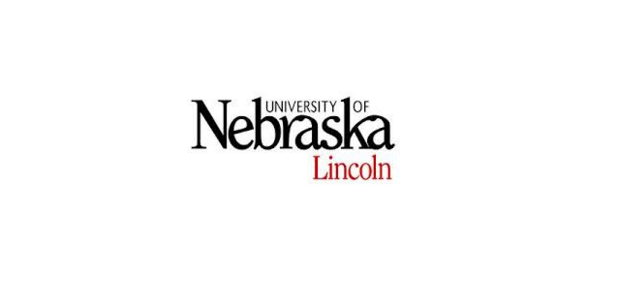Every year I get calls for help with balancing rations and most don’t have a hay analysis. All hay of the same species is NOT created equal. For instance, smooth bromegrass hay can range from 48 to 58% total digestible nutrients (TDN) with crude protein (CP) ranging from 6 to 11% CP. This can be the difference between a growing heifer losing 0.25 lb/d or gaining 0.37 lb/d. If you were targeting the heifer gaining 1 lb/d you would need to supplement between 1.5 and 3 lb/d of dried distillers to reach this goal. At $300/ton for dried distillers, this would be a difference in cost of $20 vs. $40 per heifer for a 90 day period. Now multiply that by the number of heifers you have and the costs can add up quickly. If you don’t know the quality of your hay, how do you pick?
Do you choose the lower rate and potentially have heifers that are not ready to breed? Or pick the higher rate and potentially spend money you don’t need to. The easy answer is neither. If you know the quality of your hay, you can make the right decision in terms of supplementation level and not spend more money than you need to.
Likewise, not all alfalfa is the same. Alfalfa can range from 11 to 18% CP and 45 to 60% TDN. If you are using alfalfa as the main hay source prior to turn out on grass for mature cows post calving, the higher quality alfalfa will result in cows maintaining body condition, but the poorer quality alfalfa will have them losing 2/3 of a body condition score a month. While one can take the “feed it and see approach”, plane of nutrition post calving can have huge impacts on breeding success. Thus, this gamble can have large financial impacts.
Also, last year’s hay tells you nothing about this year’s hay. The growing conditions and timing of harvest are unlikely to be replicated.
I hope I have convinced you that spending the time and money to test hay is well worth the investment. Now it is time for me to tell you how to get a sample that will be useful. The biggest source of error when it comes to hay analysis is the sample that was obtained. A grab sample from a bale is not very useful as it represents about 1 square foot in the field. It is important to use a hay probe to get a sample. For more information on hay sampling, check out the article Test, Don’t Guess-sampling and testing hay. Still want to know more? Check out the webinar “How to Take a Representative Forage Sample”.








